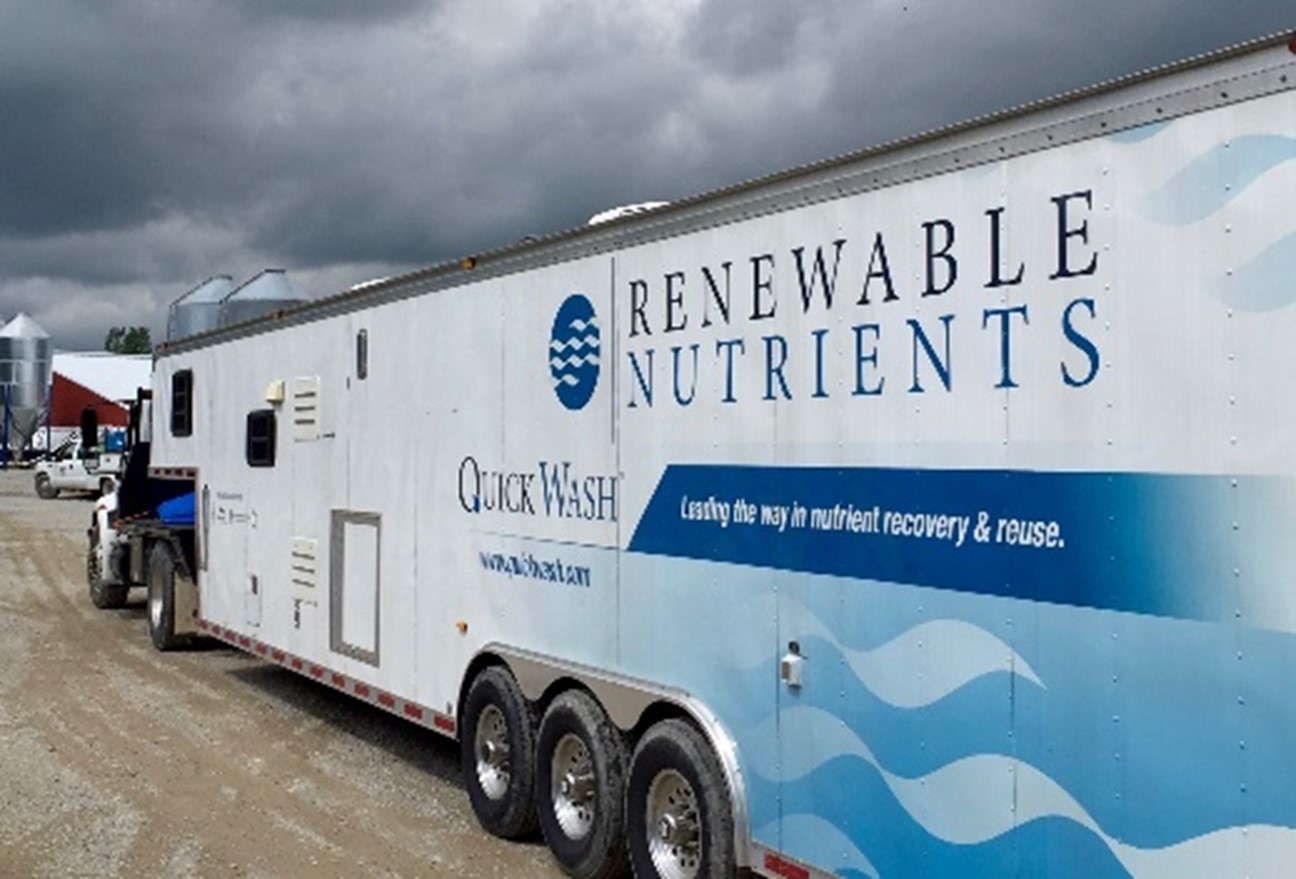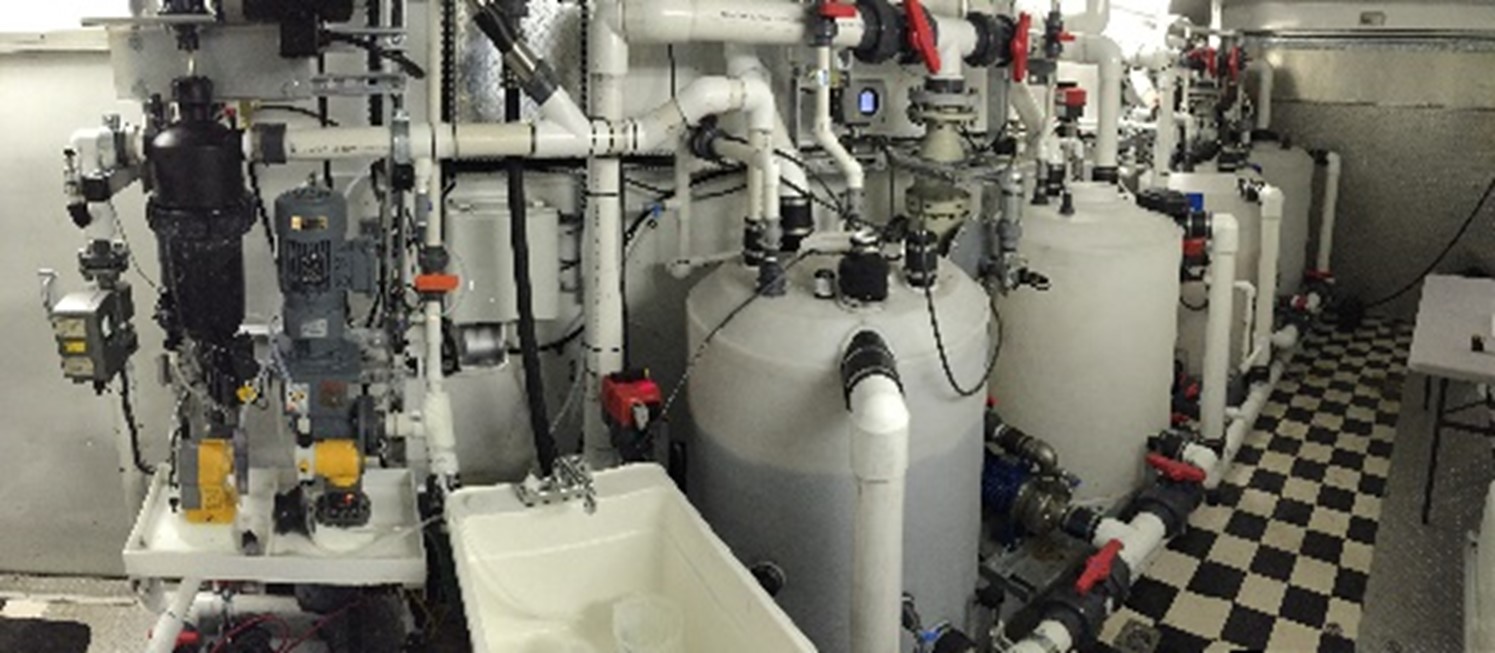Process & contact
Quick Wash®
www.renewablenutrients.com
Contact:
Input materials
Solid or liquid waste streams : poultry manure, pig or cattle manure or digestates, sewage sludge digestates, food processing wastes
Output products
Final product is a stackable solid, typically c. 20% DM (can be dried to c. 90% DM), consisting of a mixture of amorphous calcium phosphate with organics (10 - 40 % DM organic carbon), and containing also organic nitrogen and minerals such as calcium, sulphur, magnesium.
P-content of final product: c. 0.25 – 0.55 % DM P for recovery from manures, digestates, wastewater or e.g. >6% for recovery from P-rich industrial stream.
industrial stream.
The amorphous calcium phosphate has low water solubility (c. 1%) but high citrate solubility (>90%) and P fertiliser effectiveness* **. Data on NAC solubility (required for labelling as a “Mineral” fertiliser under the EU Regulation 2019/1009) are not provided.
Contaminants will depend on input stream treated. Typical levels of copper and zinc are 100 – 300 mg/kg DM
Process description
The QuickWash process (SCOPE Newsletters 78, 90, 119) consists of:
1) Solubilisation of phosphorus using acid at pH 3-5 (e.g. citric acid or hydrochloric aci).
2) Solid is then separated from the acid liquid by settling.
3) Precipitation of calcium phosphate from the acid solution by increasing to pH 8-10 by lime dosing
4) Recovery by settling. Anionic polyacrylamide polymer (at c. 7 mg/l) is dosed to enhance settling and recovery of the precipitated calcium phosphate.
Recovery of P from input material is generally > 95%.
This process enables recovery of a relatively pure amorphous calcium phosphate, but in operations today this is recovered along with organics, in order to provide organic carbon and other nutrients to farmers
in order to provide organic carbon and other nutrients to farmers
Operating status
Over 20 pilot installations have been constructed and tested at sites including municipal wastewater treatment works, farms and industrial sites, treating up to c. 0.5 million litres/day (c. 1500 t/y output product).
1.5 million litres/day installations are under planning in the UK and USA.
